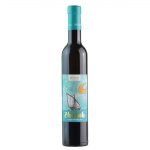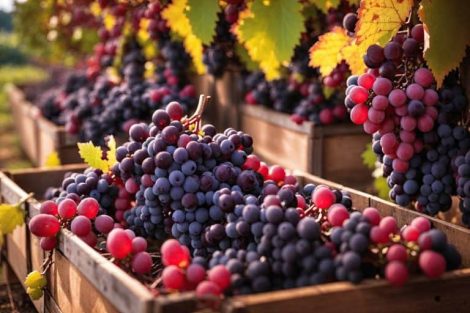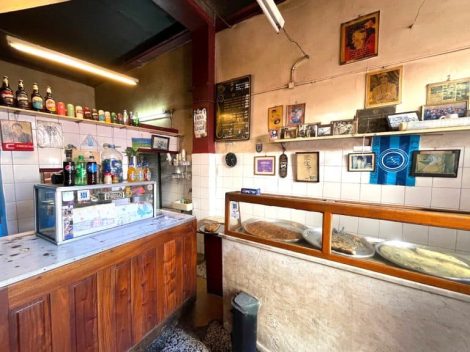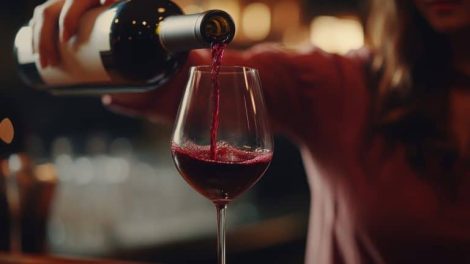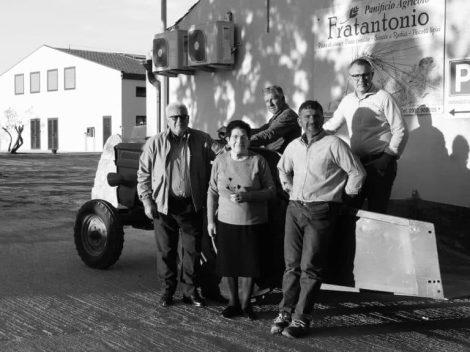Mountains, massifs, and valleys blanketed in white meet dense beech forests and frozen lakes. The cyclical slumber of the rich flora and fauna creates, at this time of year, an enchanting landscape, as we wait for the arrival of spring. This is the Sicily of the Nebrodi, a northern-looking land far removed from the sun-drenched summer postcard image, where winter lingers, transforming small villages into nativity scenes, and life moves at a slow, measured pace.
With its 86,000 hectares—the largest protected natural area in Sicily—the Nebrodi Park spans three provinces (Messina, Catania, Enna) and twenty-four municipalities. This is a true green treasure chest bordering Mount Etna, where the horizon opens onto the Tyrrhenian Sea and the Aeolian Islands. A symbol of bucolic Sicily, the park is home to around 150 species of birds of prey, rare plants such as Petagna, and the Mangalaviti Forest, the southernmost beech forest in Europe. It is a land of myths, stories, and legends, but also of gastronomic treasures, Slow Food Presidia, trattorias, and restaurants, celebrated each year at the Festival of Food and Wine Journalism in Galati Mamertino.
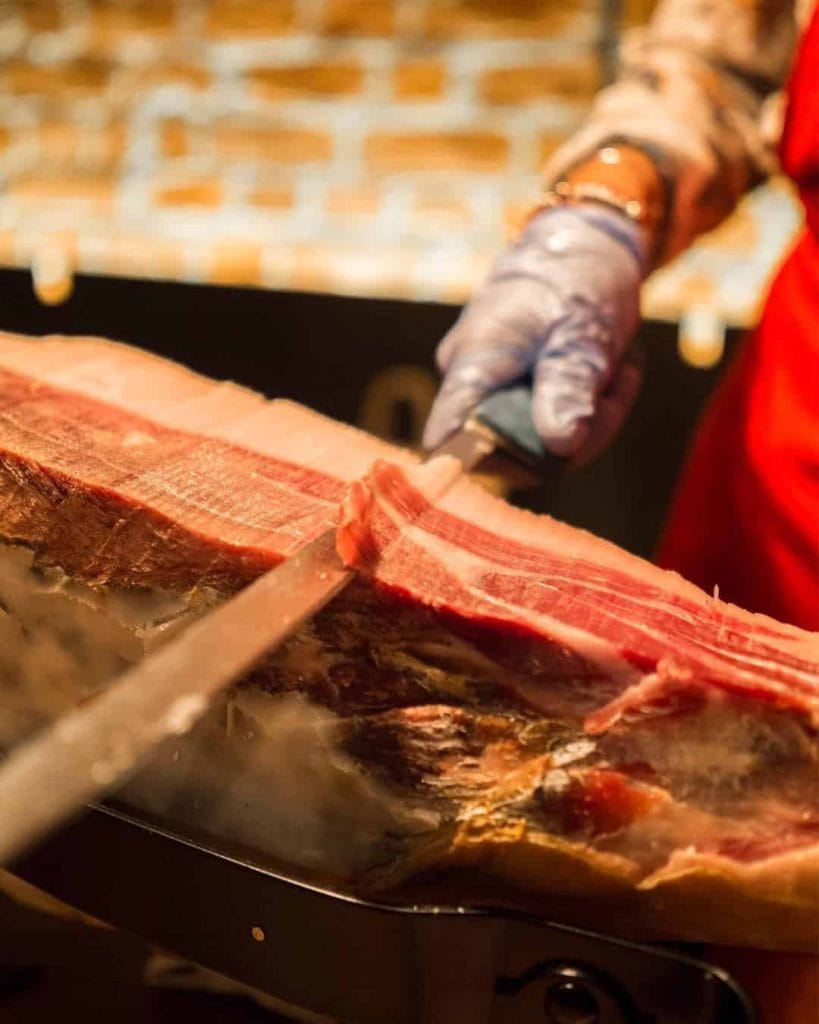
From Provola to the Nebrodi Black Pig
Roaming freely among the beech and oak forests is the undisputed king of indigenous breeds: the Nebrodi Black Pig. Raised in free-range or semi-free-range conditions, it feeds mainly on acorns and other wild plants from the region. Thanks to the biodiversity and microclimate of the Nebrodi Nature Park, its natural habitat, the meat stands out for its quality and health benefits, being rich in essential fatty acids Omega-3 and Omega-6, B vitamins, minerals, and “good” cholesterol.
All of Sicily’s finest pork specialities are concentrated in this northeastern corner of the island: salame fellata, Nebrodi sausage, various salamis, capocollo, pancetta, and mortadella. Guardians of this breed and its traditional rearing methods, under the Slow Food Presidium, are the dedicated Nebrodi producers.
Among them is Luisa Agostino, who, alongside her husband, manages La Paisanella, a farm, dairy, and butchery-charcuterie producing, in addition to its renowned prosciutto crudo, salami, capocollo, guanciale, Nebrodi black pig meat, and Nebrodi Provola, the region’s signature cheese.
In Caronia (Messina province), the agritourism Il Vecchio Carro specialises in the production of Nebrodi Black Pig porchetta, wood-fired and prepared following an ancient family recipe.
A fully integrated local project is that of the Borrello family, which has combined breeding, production, processing, and hospitality in one place: Fattoria Borrello.
The Nebrodi region is also home to another prized Sicilian pork speciality: Salame di Sant’Angelo di Brolo, the only PGI (Protected Geographical Indication) salami in Sicily. This ancient recipe is made from the finest cuts of pork, processed using the traditional knife-tip technique, then hand-seasoned with sea salt and black pepper before aging for 30 to 90 days.
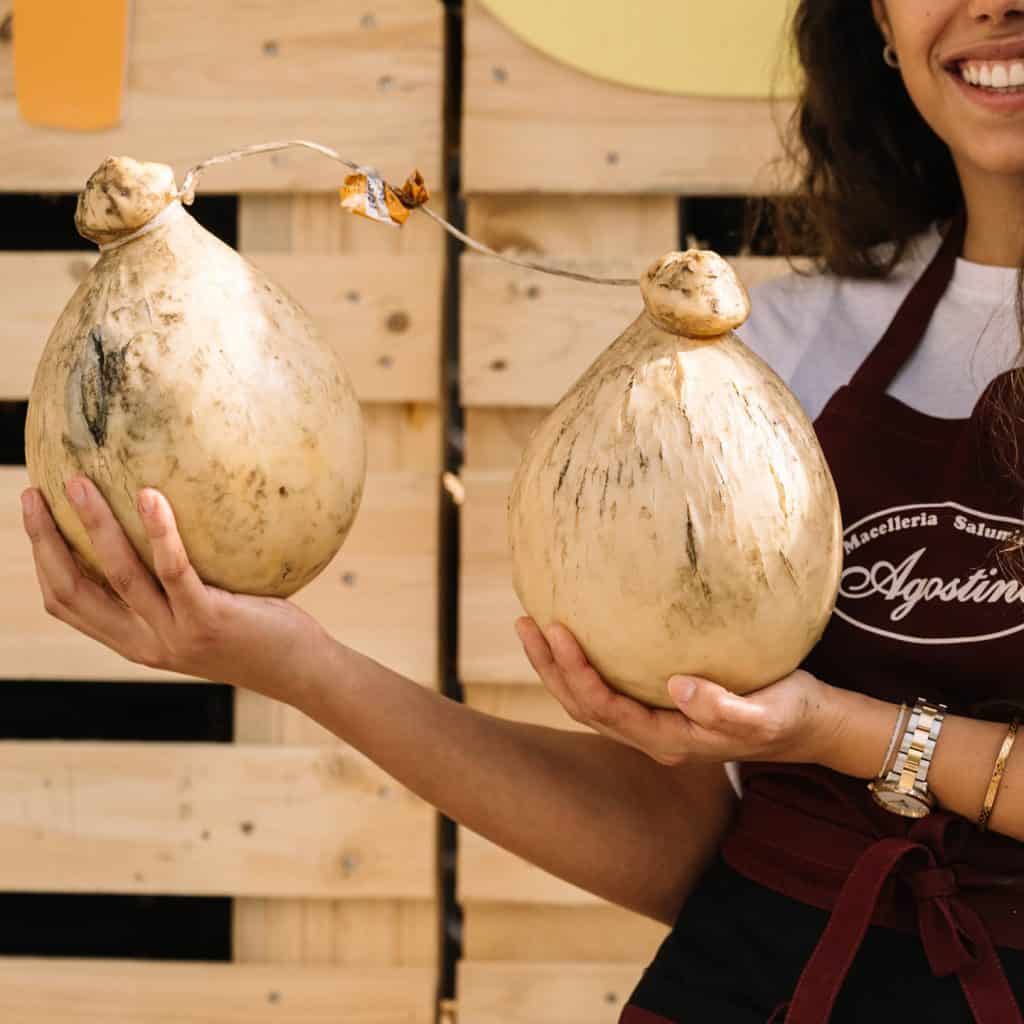
Among the producers in Sant’Angelo di Brolo, notable names include Salumificio Pintaudi, Salumificio Starvaggi, and Salumificio Fratelli Fasolo.
Nebrodi Provola DOP: a cheese of tradition
Another source of pride for the Nebrodi is the Nebrodi Provola DOP, produced exclusively with raw whole cow’s milk and lamb or kid rennet paste. This cheese is renowned for its flavour profile, which evolves with age—from milky, buttery, and grassy notes to hints of hay and mushrooms.
Custodians of this ancient cheesemaking tradition include Fioriglio (Mistretta), Agriturismo La Vedetta dei Nebrodi, the Bionatura cooperative (between Randazzo and Bronte, which produces organic Provola), and the Nebrodi dairy.
A collective culinary identity, free from ego
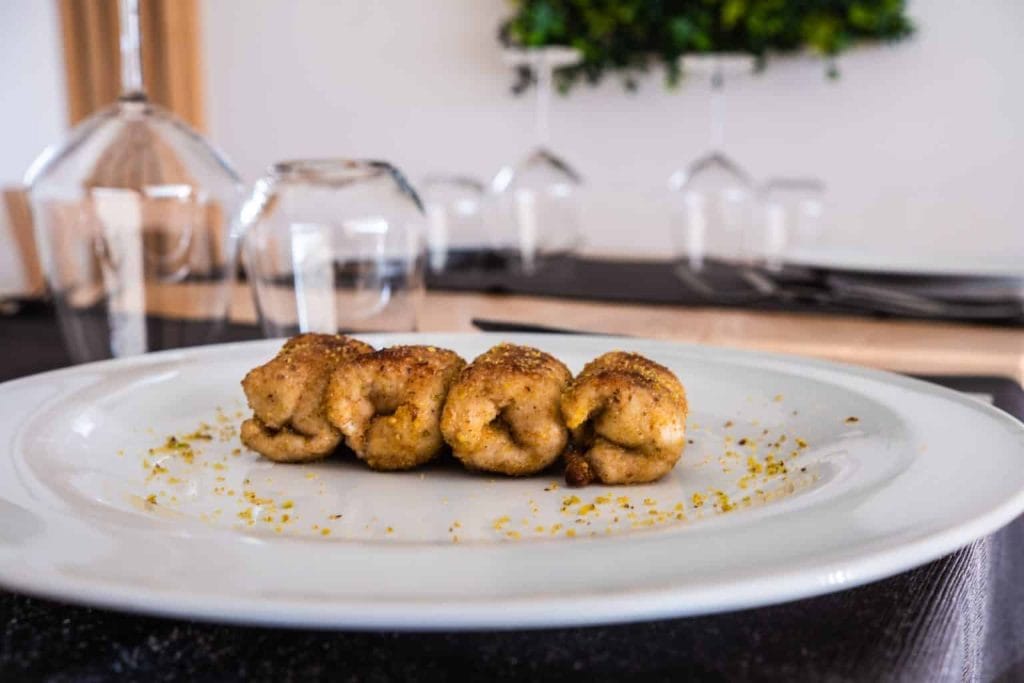
Deeply rooted in its land, Nebrodi cuisine honours local traditions and ingredients while embracing the future without nostalgia or fear.
Its true protagonists are chefs and restaurateurs who, far from media spotlights and personal ambitions, proudly and pragmatically uphold a simple yet distinctive cuisine that tells the story of farmers, breeders, and the land itself.
A new generation of chefs, often linked to stories of returning to Sicily and generational transitions, is redefining the region’s food scene.
Such is the case of Martina Dodeci, who returned to her hometown with her husband, Rushan Xhafaj, an Albanian from Durrës. The couple brought with them an impressive culinary background, including training at Alma and international experiences at Michelin-starred establishments such as Michel Roux’s Waterside Inn, Arima Hotel in San Sebastián, and Geranium. With this expertise, they launched Demenna – Luogo di Ristoro in San Marco d’Alunzio, a village of 2,000 people in the heart of the Nebrodi, making it one of the most exciting new openings in Sicily. Their cuisine blends contemporary technique with local inspiration, expanding beyond the island’s borders.
Another return story is that of Franco Agliolo, chef-owner of Ristorante Ambrosia in Sant’Agata di Militello, a contemporary land and sea tavern featuring Nebrodi ingredients in dishes such as pumpkin tortelli, sweet-and-sour rabbit with potato and leek pavé, and vacuum-cooked young sheep salad.
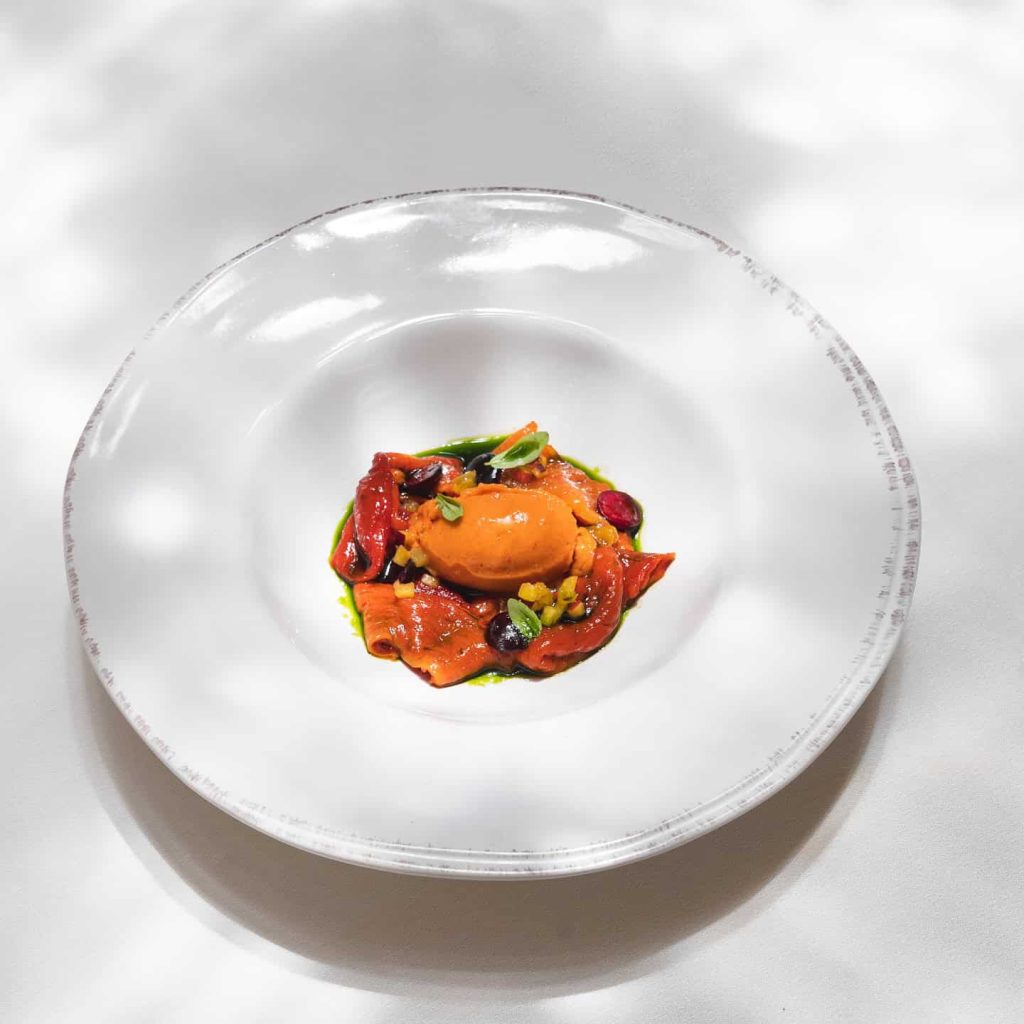
Similarly, Gianluca Barbagallo has taken the helm at Relais Villa Miraglia in Cesarò, located at 1,500 metres within the Miraglia Forest, where his menu tells the story of the land and its produce.
Taking up the culinary torch is Gaia Campisi of Antica Filanda in Capri Leone, a pioneering restaurant in the modern evolution of Nebrodi cuisine. The young chef, surrounded by the women of her family, enjoys experimenting with new dishes while staying true to her roots.
Taste, memory, sustainability, and terroir inspire Rosalia Pruiti, chef of La Carrubba, a historic trattoria in Sant’Agata di Militello founded in 1980. Every dish reflects a careful selection of producers and a deep connection to the Nebrodi’s culinary heritage.
The only one of eight Drago brothers to remain in Sicily, Giuseppe Drago continues the family tradition at his restaurant, Degusto, in Galati Mamertino. A sibling of Los Angeles-based celebrity chef Celestino Drago, Giuseppe offers an authentic journey through Nebrodi cuisine. His dishes include tagliatelle with porcini mushrooms on smoked provola fondue and roasted leg of lamb with Floresta potatoes and aromatic herbs.
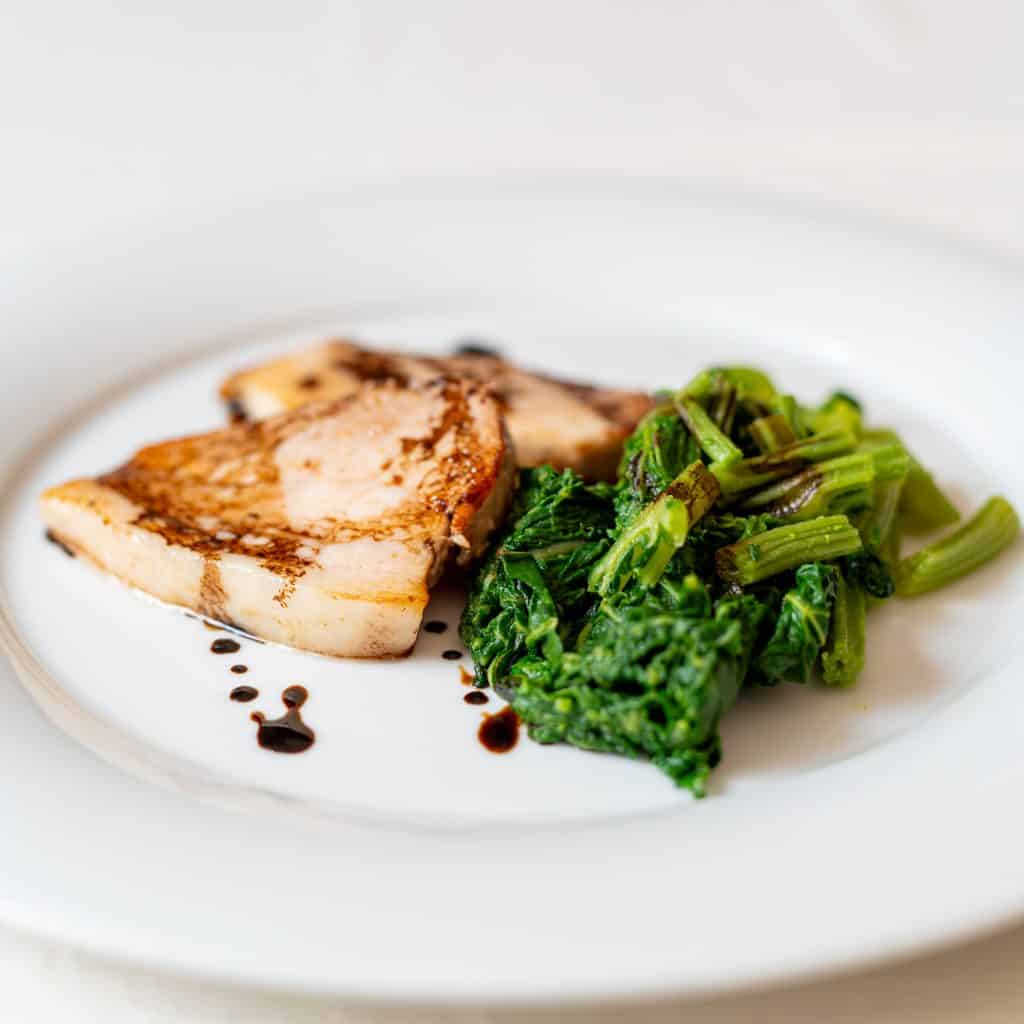
Nebrodi at 360 degrees: more than just Black Pig
The Nebrodi is also home to the Carazzo bean, Nebrodi mountain potatoes, and “nucidda,” the local hazelnut—the key ingredient in Tortorici’s “pasta reale,” a famous 18th-century convent sweet.
Nebrodi’s rich biodiversity also supports beekeeping, as seen in Giacomo Emanuele’s Emanumiele farm, which produces Sicilian black bee honey and honey-based beer.
The Nebrodi Park is full of craft breweries, including Epica (Sinagra), Kottabos (Capri Leone), and Li Patarnosci (Acquedolci).
Even tropical fruit thrives here: in Sant’Agata di Militello, at the foot of the Nebrodi Mountains, Azienda Agricola Bianco cultivates mangoes, papayas, avocados, and passion fruit, thanks to the area’s ideal climate.

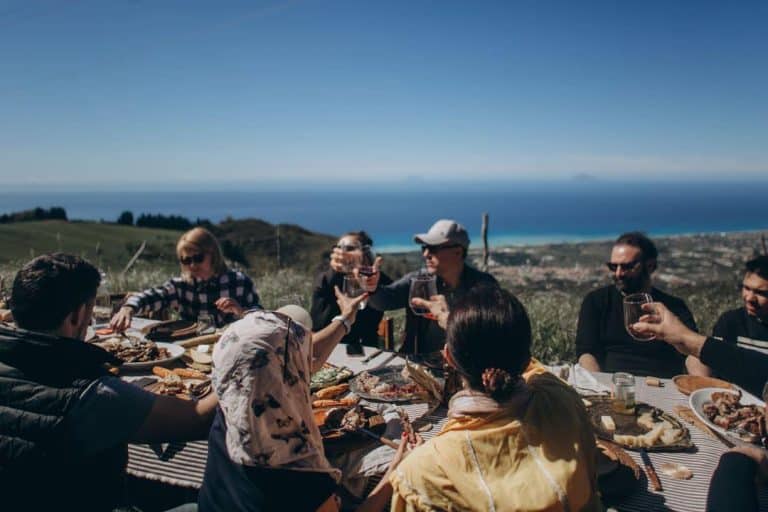
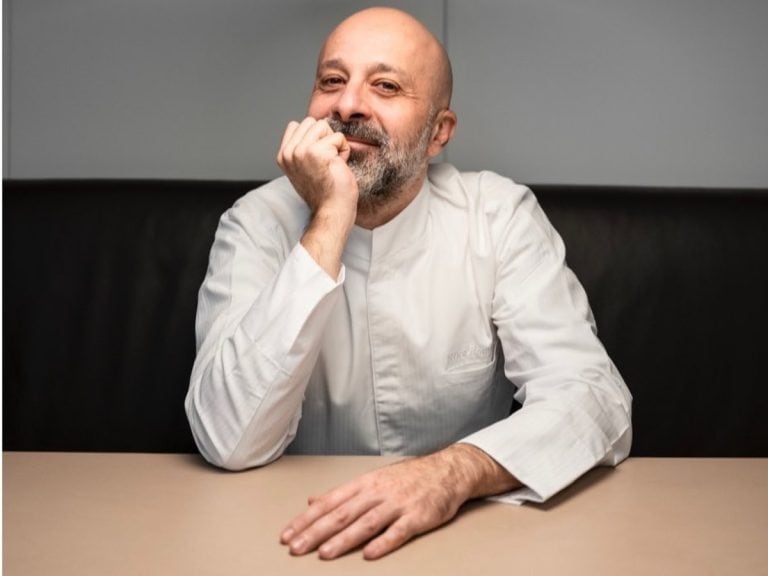 Niko Romito: "In haute cuisine, we copied what others do abroad, but embellishments are no longer sustainable"
Niko Romito: "In haute cuisine, we copied what others do abroad, but embellishments are no longer sustainable"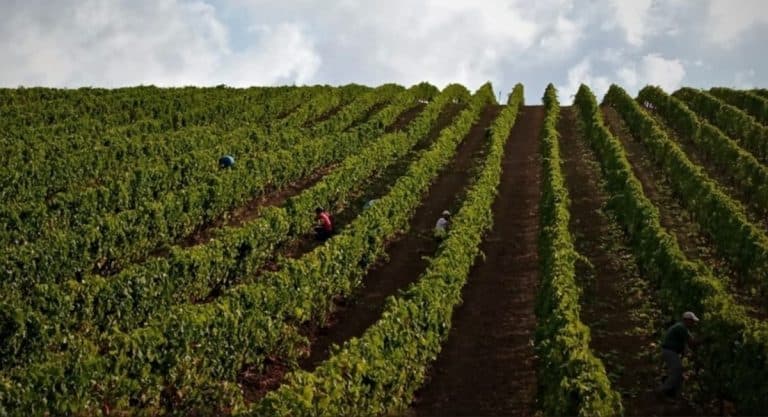 One of the best Sicilian white wines is produced by a cooperative on land confiscated from the Mafia
One of the best Sicilian white wines is produced by a cooperative on land confiscated from the Mafia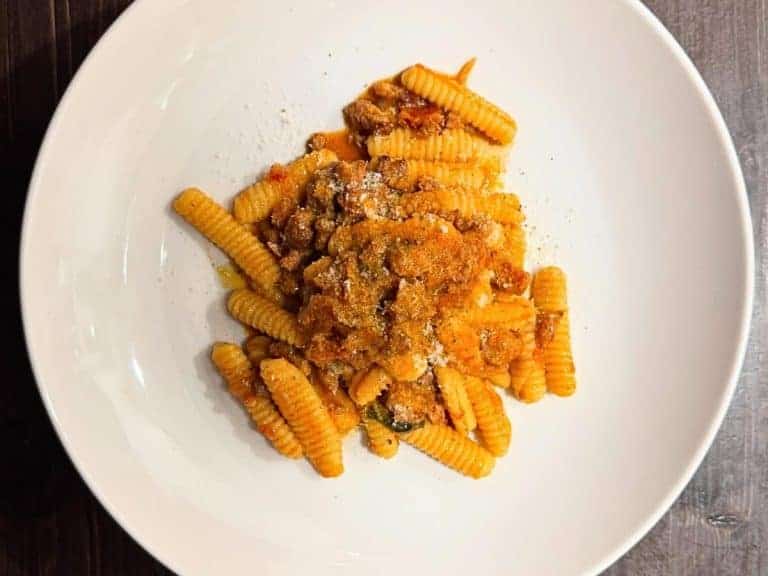 From Stockholm to the heart of Naples: a young Chef opens a hidden gem in the lively streets of the City
From Stockholm to the heart of Naples: a young Chef opens a hidden gem in the lively streets of the City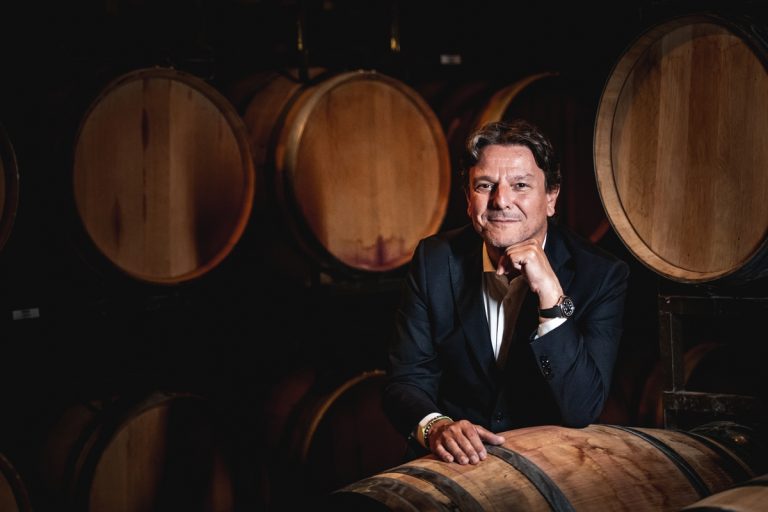 Argea Wine Group acquires US wine importer WinesU
Argea Wine Group acquires US wine importer WinesU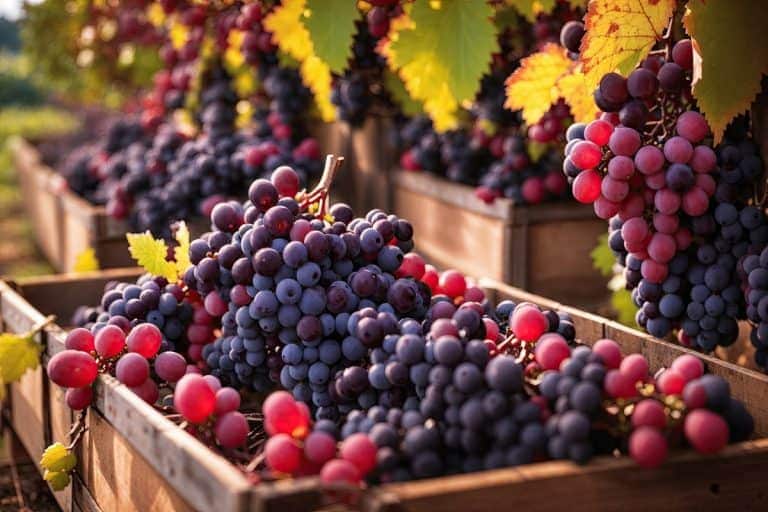 The 9 best wines from Campi Flegrei chosen by Gambero Rosso
The 9 best wines from Campi Flegrei chosen by Gambero Rosso